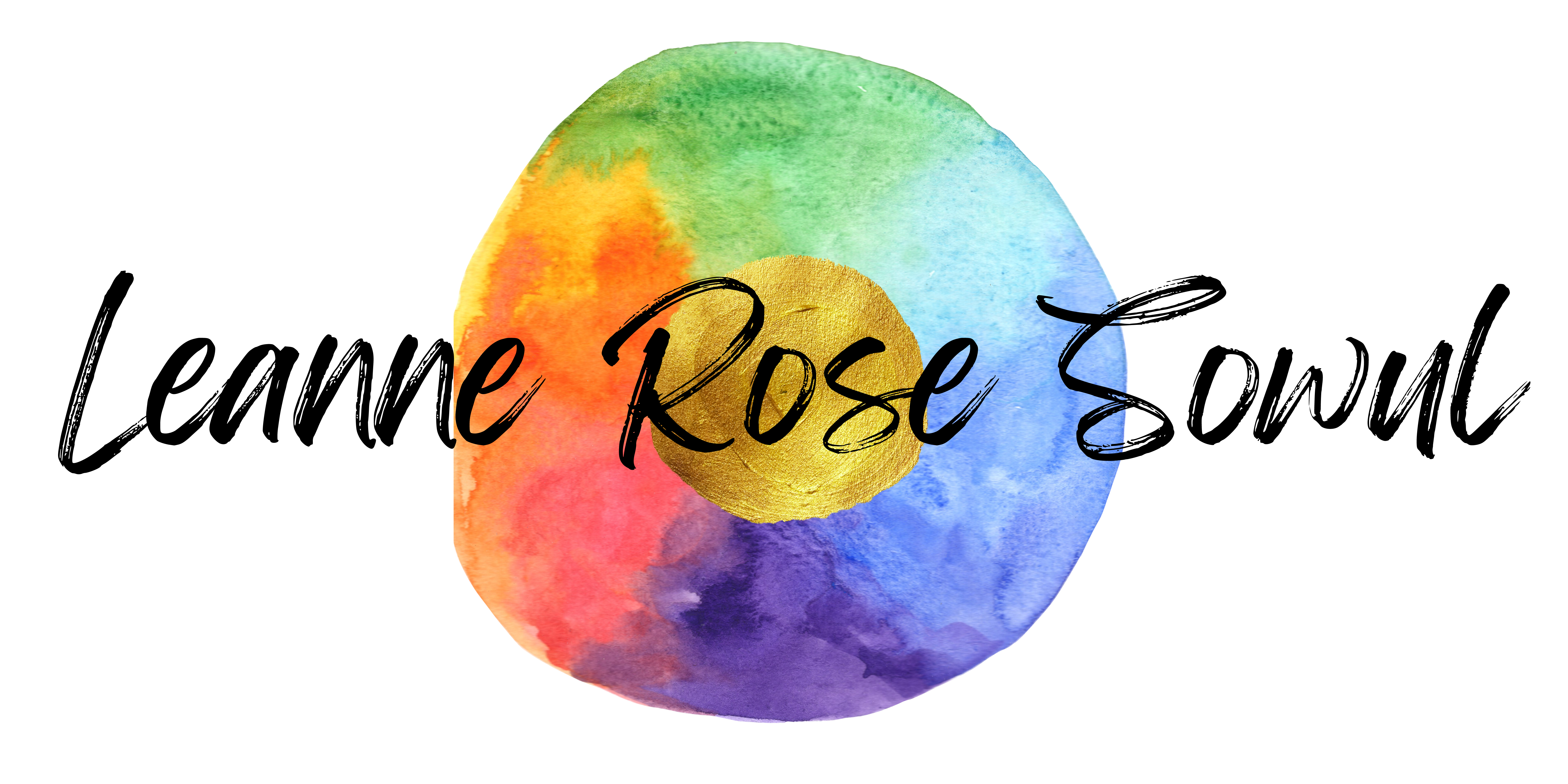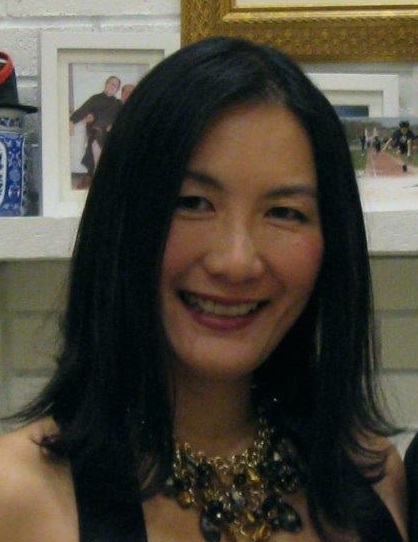
I’d like to introduce today’s guest poster, Carol Chiao. Carol and I met at the Writer’s Digest Conference last summer and have kept in touch ever since. I’m excited for her to share her marketing expertise with us today.
Writers sometimes complain that branding is a mysterious concept. It doesn’t need to be. Brand encapsulates the UNIQUE positioning, differentiation, relevance, and meaning of a person, product or service. Quite simply, a brand is a promise. Just like DOVE® Soap promises to be real in its approach to beauty, an author’s brand identity is what you stand for. Your brand is what you promise to deliver. A brand is broader than the premise of any of your books, because it needs to live with you as you continue to publish.
The key is identifying the right distinctiveness to differentiate from other authors while standing for something meaningful and genuine. For instance, Jojo Moyes’ brand isn’t distinctive if it’s just stated as “English romance writer.” Rather, her brand becomes more distinctive when it’s articulated as “English romance writer who explores controversial and deeply human dilemmas through the viewpoint of everyday, relatable characters.”
Importantly, your brand should be authentic. Sally Hogshead posits that distinctiveness is critical because consumers are increasingly distracted, competition is fierce and whole industries are becoming commodities. She states that consumers’ attention spans have declined from 20 minutes in the agrarian age to just 9 seconds in modern times.
Importantly, brand is not the same as design. Some writers believe the look and feel of their book covers or website is their brand. They’re related but not the same. Design is the visual manifestation of your brand. Brand is conceptual. Design is tangible.
In both cases, consistency is critical. You’ll need to maintain consistency between your brand and your design, and consistency over time. Stay consistent for your readers to find and recognize you. If you’ve identified your true, authentic meaning, it should be natural to stay consistent.
As you build an audience behind your author brand, your worth grows. JK Rowling demonstrated this when she published under the pseudonym ‘Robert Galbraith.’ The first book got great reviews but barely any sales. That is, until the author’s identify was unveiled. Within days, Amazon’s sales figures shot up 500,000%.
So how can you determine what aspects of your brand should stay consistent? First, take the time to reflect on what’s meaningful in your brand identity. Craft a brand statement for yourself, get feedback from trusted sources and test to see how well it fits over time. For career marketers, this is a both an art and a science. One proven tool professionals use to define brand is a “brand framework”:
- Most big brands summarize what they stand for into a framework. This helps ensure clarity between what’s important and what’s not. It acts as a filter for promotions and activities, to see if the plans are consistent with the brand. A brand framework acts as the ultimate reference for a myriad of people who touch a brand. What’s usually articulated?
- Brand belief. What values or points of view does your brand stand for? Author Ben Starling writes about man’s impact on the environment. He has a point of view that people should be conscious of the choices we make and how that impacts the natural world. His brand comes through consistently in the subject matter of his books, in his blog and his social media postings.
- Brand benefit. What consistent and meaningful benefit does your reader gain from your work? For example, is it an escape from everyday life, to be entertained or to learn something new? Stephen King’s readers gain the thrill of fear without actual danger.
- Borrowed assets. What images or concepts do you consistently borrow from culture or commonly recognized references? These can be useful to continue to use as long as they don’t overshadow what’s unique about your brand. Amy Tan borrows assets from Chinese culture, and then provides a fresh point of view on them to craft her own perspective.
- Distinctive assets. What are your unique visual or conceptual assets? For example, John Green is known for angst-ridden teen and young adult protagonists whose intellects act as a hindrance to social acceptance.
It’s useful to get input on your brand from trusted partners who are familiar with you and your writing. This could include critique partners, readers, your agent and/or editor.
To recap, your author brand is most simply stated as your promise to your readers. To break through, it should be distinctive. A brand framework is one professional approach to articulate your brand. Get feedback on your brand articulation from trusted sources. Once it’s created, stay consistent over time. Before you know it, you’ll be able to communicate your brand easily whether you’re at a cocktail party, communicating with a reader, or assessing design.
Carol is a marketing strategist, MBA, writer and chocoholic. She’s published DIYMBA blog posts and led author workshops on branding and design. Carol and her husband are the fortunate parents of sweet and feisty twins, have lived in the U.S. and China, and fuel their sense of adventure with travel. Carol is a member of RWA, Women Who Write and Mensa.

